Japanese and Chinese lanterns are two symbols of Asian culture that are often confused. However, there are fundamental differences in history, design and symbolism between them. In this article, we will compare these traditional lanterns in detail so that you can easily distinguish them and use them consciously in your decor.
🏮 Historical roots: how lanterns came to be
Chinese lanterns
- Emerged in the 3rd century BC.
- First application: military signals, Buddhist rituals.
- Blossom: during the Tang dynasty (618-907), when palaces began to be decorated.
- Modernity: symbol of the Feast of Lanterns and the New Year.
Japanese lanterns
- Borrowed from China in the 6th century along with Buddhism.
- Adapted from the wabi-sabi aesthetic (simplicity, asymmetry).
- Peak of popularity: the Edo period (1603-1868), when they began to be placed at temples and tea houses.
- Today.: a must for festivals (e.g. O-bon).
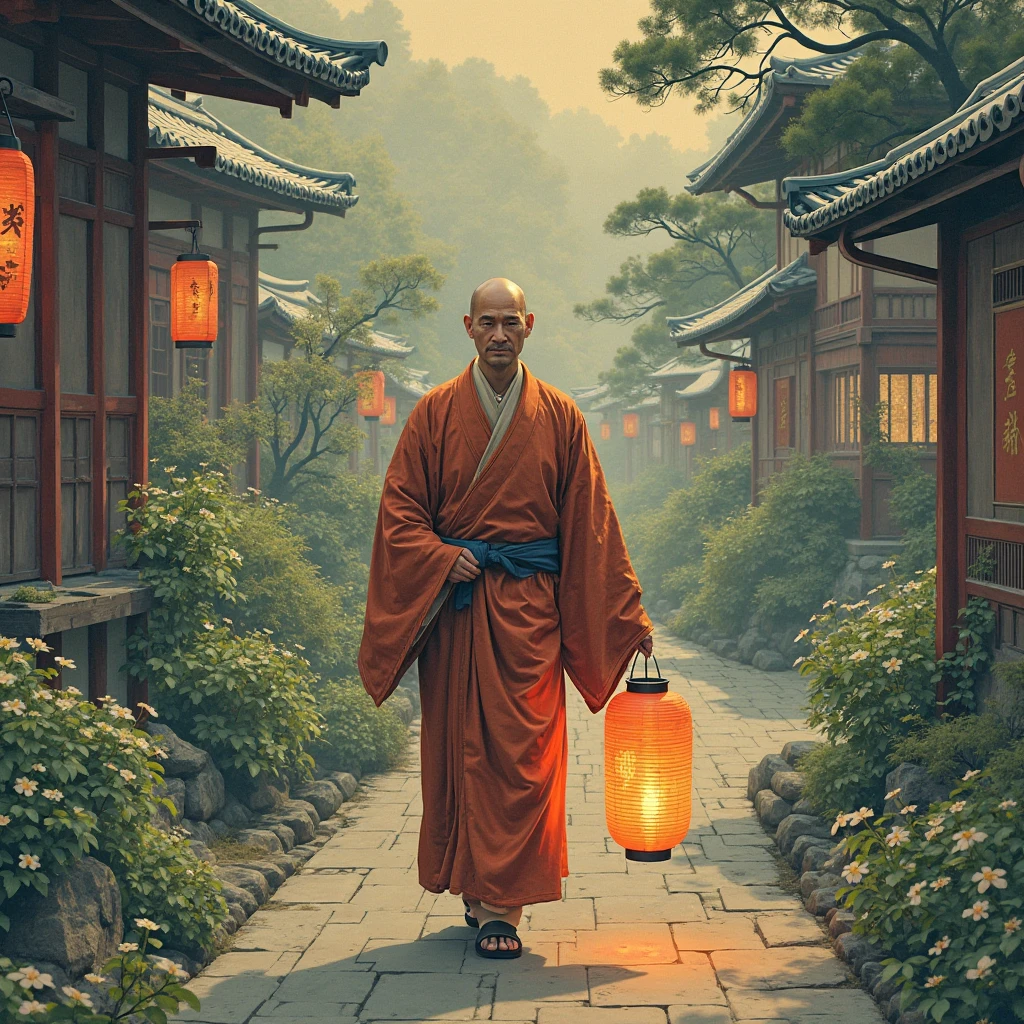
🔍 5 key differences
1. Shape and design
| Criterion | Chinese | Japanese |
|---|---|---|
| Frame | Flexible (bamboo) | Hard (wood, stone) |
| Form | Circle, cylinder | Polyhedron, bell |
| Leg | No (suspended) | Often there are (land-based) |
| Folding | Yes (except for the palace ones) | No |
Examples:
- China: red balloons with tassels.
- Japan: tōrō (stone lanterns at temples).
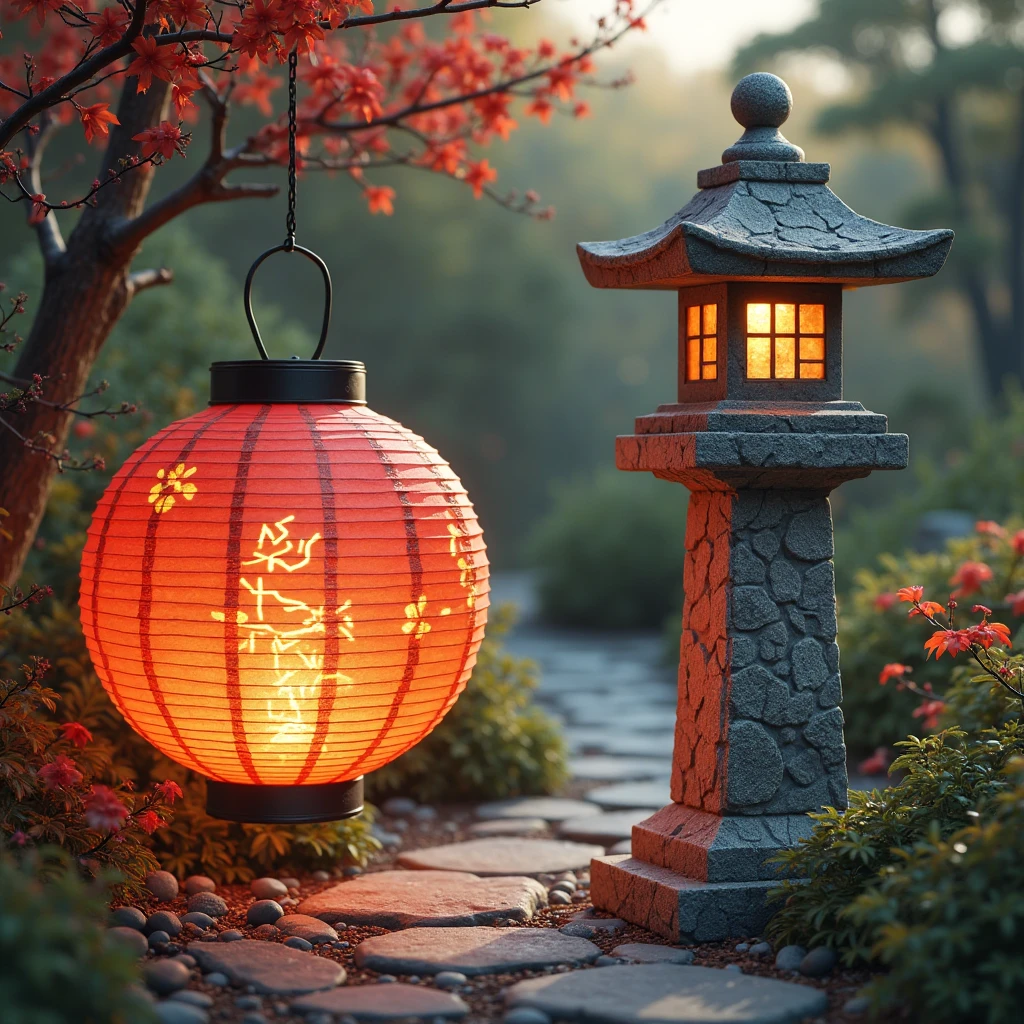
2. Materials
- China:
- Paper/silk + bamboo.
- Gilding, bright colors.
- Japan:
- Stone, bronze, wood (less often paper).
- Minimal coloring (black, white, ochre).
-
Exception: Japanese chotin (paper lanterns for festivals) - but they are simpler than their Chinese counterparts.
3. Patterns and symbols
| Chinese | Japanese |
|---|---|
| Dragons, phoenixes | Sakura, waves |
| Wishing Hieroglyphics | Monochrome calligraphy |
| Complex painting | Monochrome or natural motifs |
Important: Japanese patterns often reflect a connection to natureand the Chinese ones wishes for wealth/happiness.
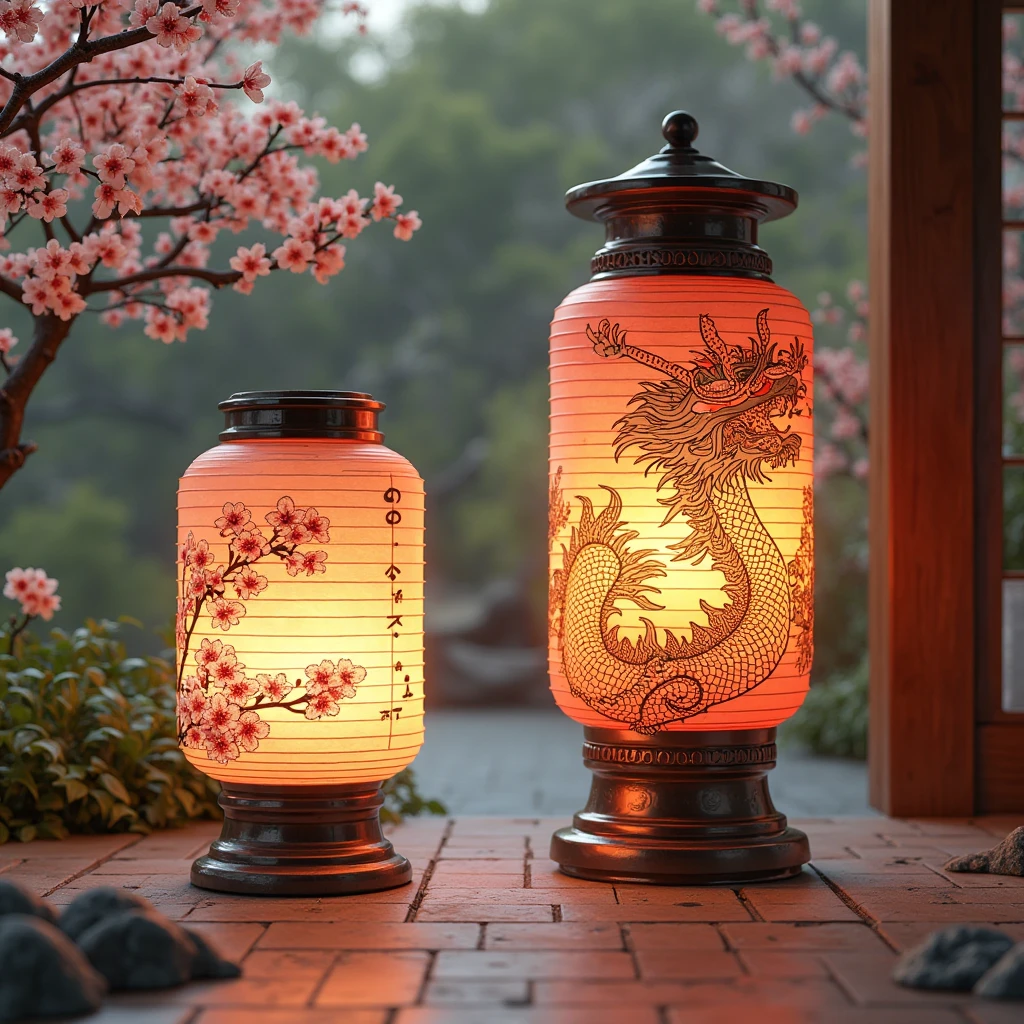
4. Ritual significance
- China:
- Launching into the sky = letting go of troubles.
- Red color = protection from evil spirits.
- Japan:
- Stone tōrō = lighting the way for the souls of the ancestors (O-bon).
- Paper andons = meditative light in tea ceremonies.
5. Modern utilization
- China:
- Street decor for the holidays.
- Mass sky lantern launches.
- Japan:
- Zen-style garden lanterns.
- Paper bon toros for memorializing the deceased.
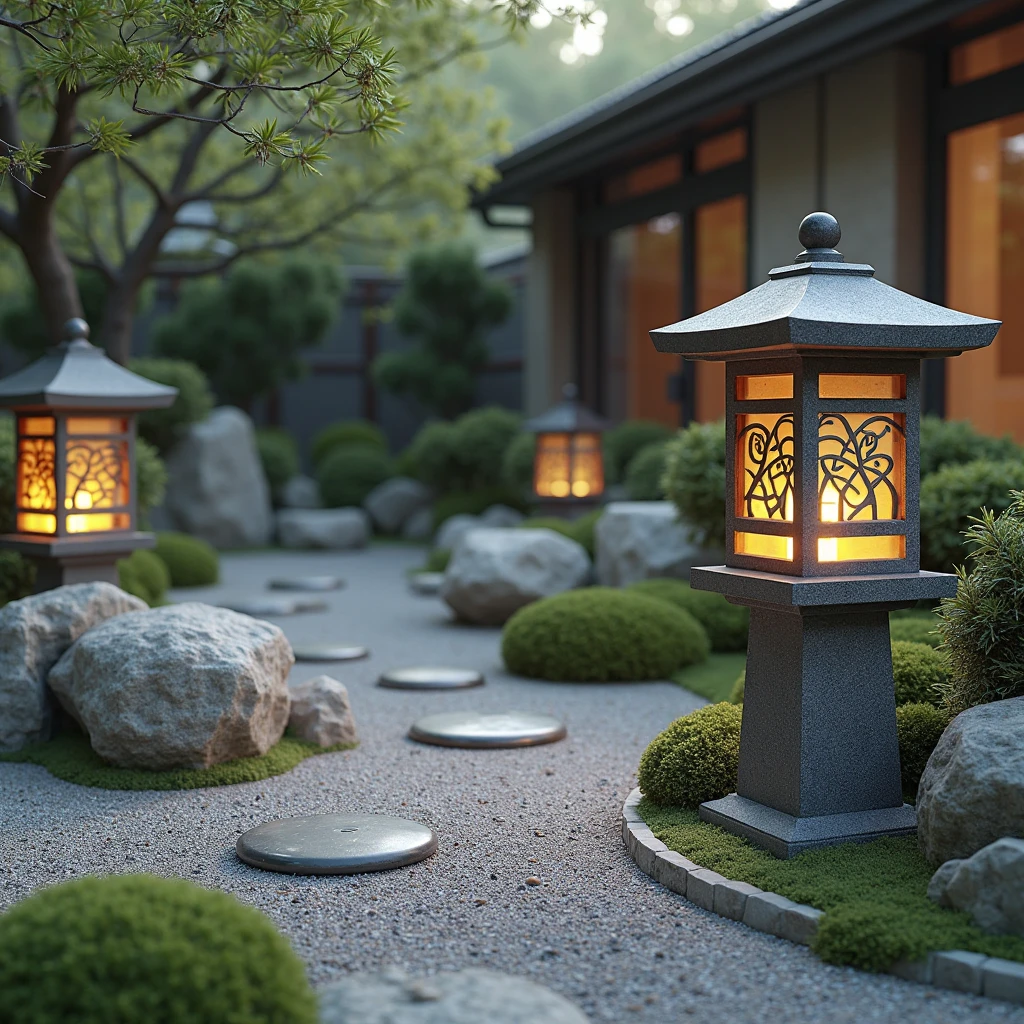
🎎 How to tell the difference by eye?
If you see:
✅ Bright red color + gold dragons → China.
✅ Stone/wood + asymmetrical shape → Japan.
✅ Hanging paper balloon → Most likely Chinese.
✅ Black matte lampshade with hieroglyphics → Japanese.
✂️ Master class: Japanese paper lantern
Difference from its Chinese counterpart:
- Minimal jewelry.
- The shape is an elongated cylinder or hexagon.
- Use of washi (handmade paper).
Materials:
- Washi paper (beige or white).
- Wooden laths (2 mm thick).
- Rice-based glue.
- Black ink for lettering.
Stages:
- Assemble the frame from the laths (hexagon).
- Cover the side edges with paper, leaving the top and bottom open.
- Write in ink a Zen saying (e.g., "和" for harmony).
- Insert the pill candle.
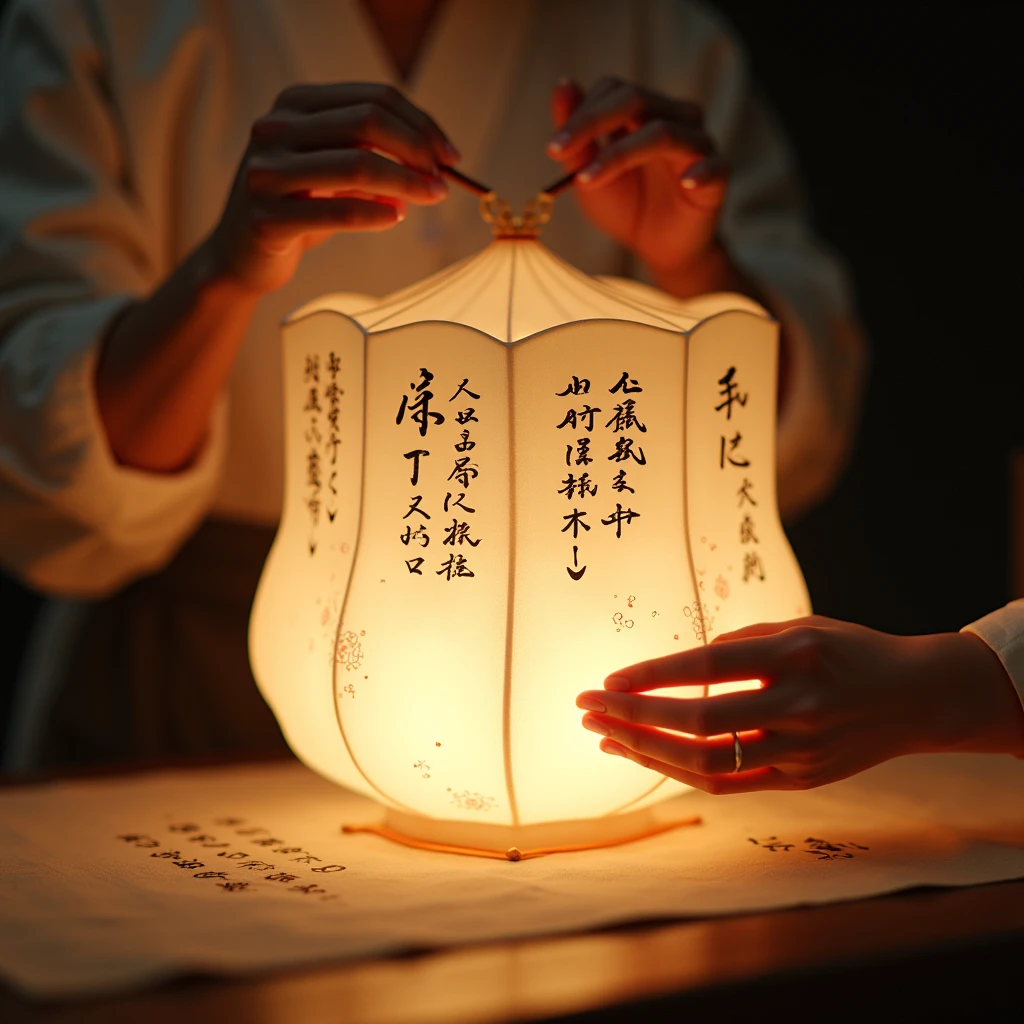
🏮 Where to buy authentic flashlights?
Japanese:
- Stone tōrō: stores attached to temples (e.g. in Kyoto).
- Paper:
-
Wagami no Mise - traditional washi.
-
Asakusa Market in Tokyo.
-
Chinese:
- Fanziquan Street in Beijing.
- Online: Taobao.
🌏 Cultural mistakes to avoid
- Giving a Chinese lantern to a Japanese man. Can be perceived as tasteless (too flashy).
- Use Japanese tōrō in fun decorating. They are connected to the memory of ancestors.
- Mix up the patterns: dragons on a Japanese lantern are mauvais.
📊 Comparative table
| Criterion | China | Japan |
|---|---|---|
| Main color | Red | Black, white, beige |
| Ritual role | A celebration of life | Commemoration of the dead |
| Where they put | Streets, houses | Gardens, temples |
| Modern brands | Red Lantern Group | Yamada Shomei |
💡 Conclusion
While both types of flashlights are fine, they cannot be considered interchangeable. The Chinese is lushness and joyand the Japanese brevity and contemplation.







